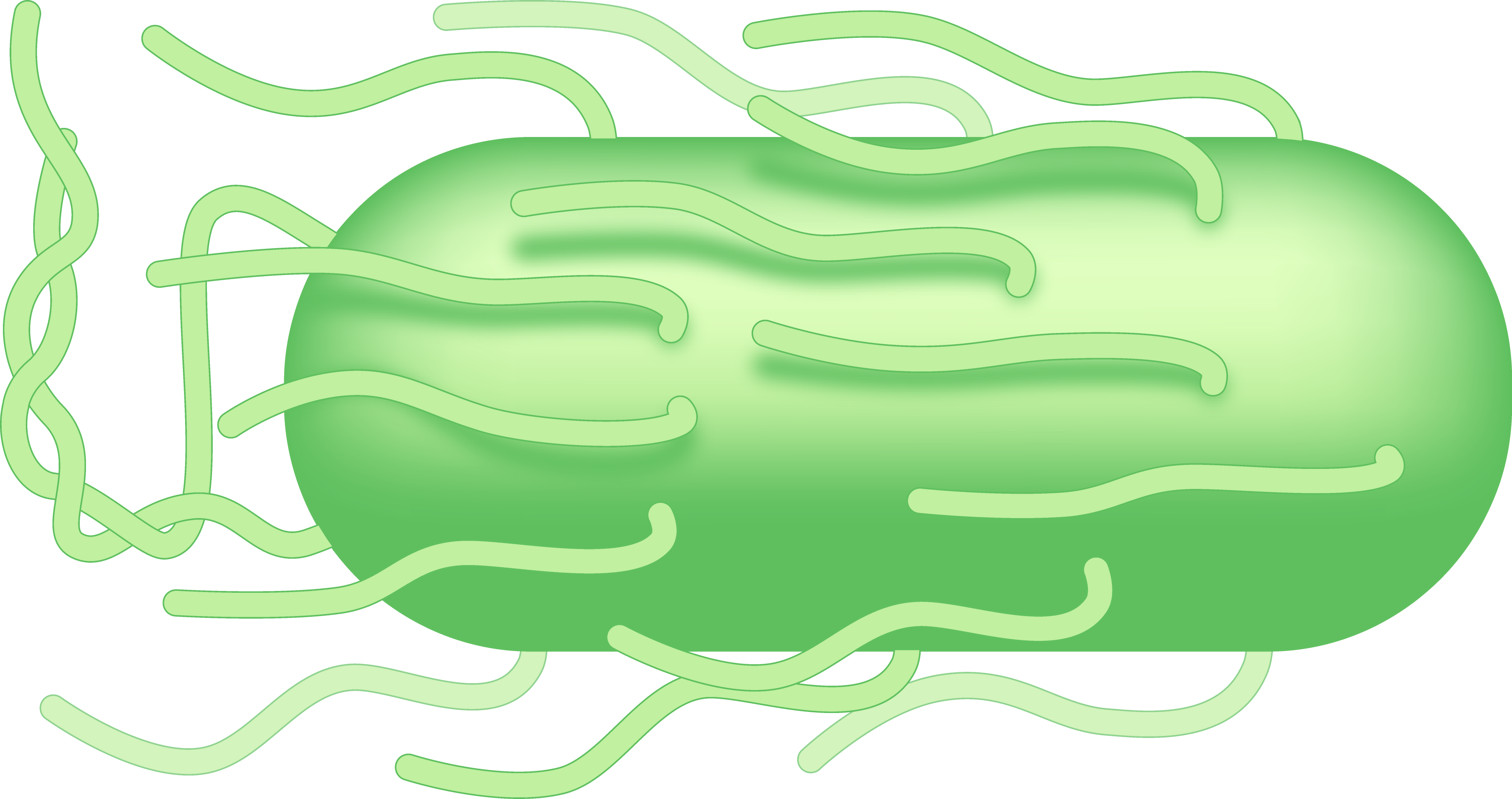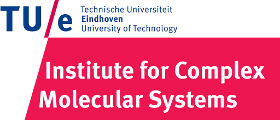Team:TU-Eindhoven/Project
From 2013.igem.org





Abstract
Our project presents an alternative solution to the use of heavy metals MRI (since the most commonly used heavy metal Gadolinium may be involved by inducing diseasesGNSFT Grobner and FC Prischl, Gadolinium and nephrogenic systemic fibrosis. Kidney International 72, 260–264 (2007)Gsrf34Ihsan Ergün, Kenan Keven, et all., The safety of gadolinium in patients with stage 3 and 4 renal failure. Nephrology Dialysis Transplantation 21, 697-700 (2006)GintI. Buhaescu and H. Izzedine, Gadolinium-induced nephrotoxicity. The International Journal of Clinical Practice 62, 1113-1118 (2008), and may be toxic when the patient has kidney failures) contrast agents by focusing on CEST MRI. Within CEST imaging, proteins enclosing hydrogen atoms generate high quality images. We use Escherichia coli to create CEST proteins when the bacteria sense a hypoxic environment due to a promoter designed for this purpose, thus working as a production and delivery system for the CEST MRI contrast agent. Hypoxic regions are related to tumors,therefore our eventual goal is to use this device to target and image tumors in humans by injecting the bacteria into the bloodstream. A second application is tracking bacteria in bacterial infections studies. For the iGEM competition however, the proteins are only expressed ex-vivo:in aerobic and anaerobic conditions. We aim to achieve an efficient testing of the CEST properties of the proteins and confirm the promoter’s ability to express each protein.
References
 "
"



